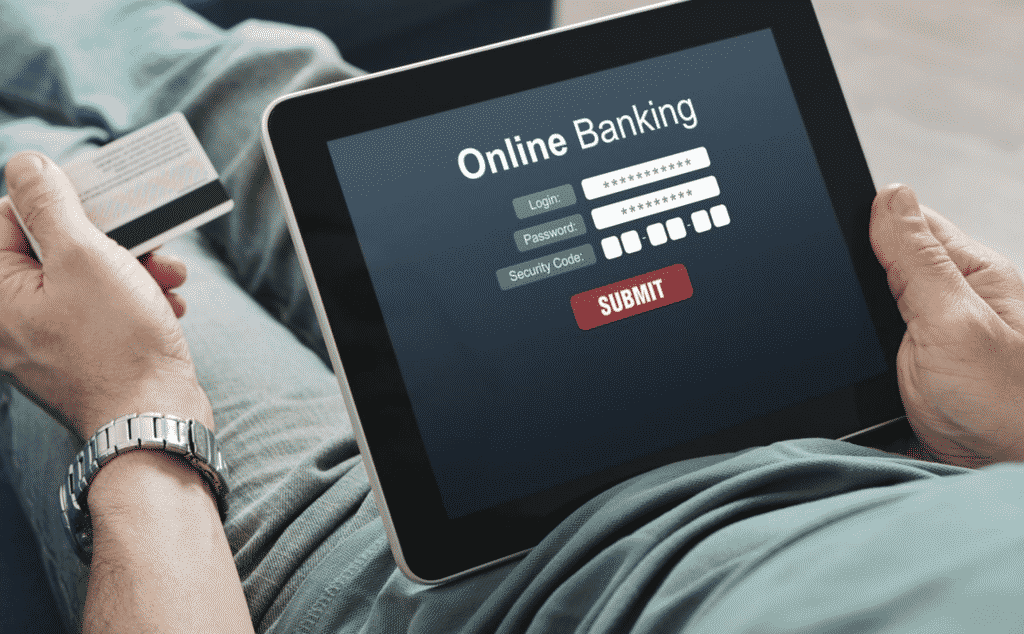The use of online banking and transfer of digital money has dramatically increased in the last few years. Whether you praise high-tech internet service for that or the efforts of financial institutions in providing worry-free digital banking, the truth is that this industry is nowhere near to seeing a decline in its customer pool.
However, regardless of all the benefits and perks, some myths continue to travel from one mouth to another, putting the trust of users on online banking at risk.
Well, it is time to set the facts straight!
Myth 1: It is only popular amongst young account holders
Facts and figures published on the internet (reliable source, ofcourse) are sufficient to burst this myth.
At least 75% of the money deposits on online baking and digital money transfers are done by seniors of the community. Moreover 45% of these are reported to actively use mobile banking and online banking regularly.
In fact, data also points out that once the adults or seniors start to use an app for mobile banking or online bank account, they are more loyal and committed users than youngsters. Frequently activities online include paying bills or managing their savings.
Myth 2: Majority of the people do not spend enough time on a bank’s website before opening an account.
Not true!
On average, customers who own an account online, spend more that 4 minutes on the official website of the institute per every login. The total calculations showed that customers spend about 35 minutes every month keeping a check on the official website of the financial institute whose online service they are using.
Myth 3: Online banking is a second priority. Users prefer visiting the branch physically
Some reports have falsely quoted that conventional banking is still a preferred means of bill payments and money deposits/transfers. Although this statement is partially true: the trend of conventional banking has not completely fallen off the grid, it is second only to online and mobile banking.
Research shows that approximately 55% of the total mobile phone owners in the US choose to rely on mobile banking. The number of transactions done on digital platforms is also higher than those that occur through offline bankers.
Myth 4: Online banking portals are not as convenient as they seem
The truth? Everything about online banking shouts “CONVENIENCE!”
With an online bank account, you are talking about 24/7 access to your funds, instant check deposits, instant money transfers to friends and family, bill payments without getting in a long queue and the list of perks goes on!
Although some banking apps impose limits on how much you can withdraw or transfer within a day or a week, it is mostly for your own benefit as well: Transfer limits serve as a shield against theft and misuse of your account. If a hacker logs in, he won’t be able to take out more than a specific amount regardless of the amount of money that you have.
Myth 5: Only Tech-savvy people can learn to use digital money and online banking successfully
Although you require basic knowledge on how to use a laptop or smartphone when accessing online checking accounts, this does not mean you have to be a pro!
There is no need to waste time learning about everything relevant to online technology. You can choose websites that are easy to use and then simply equip yourself with enough practice to manage the online account.
Learning about online banking and the use of digital money is not a challenging task. Everything that you need to know would come to you even with some basic experience.
Myth 6: Users are less engaged with the institution once they start using mobile banking
When online banking was initially introduced, many in-branch workers and staff were worried that they would get to see a very small number of customers visiting the branches now.
It does make sense since websites and banking apps are often enough to handle activities like money transfers, deposits, and bill payments.In fact, there are money transfer apps like Venmo that allow you to take out cash without relying on a bank account.
However, subsequent studies show that customers who are engaged with mobile remote deposits also visit the institute quite often. More than 70% of the customers continue to visit the branches in the same manner as before.
Myth 7: Money deposited in online banks is not insured
Some people are of the view that the digital money in online banks is not insured. However, they lack the understanding that online banks are also registered with FDIC, you just need to choose the ones that offer such insurance policies.
Instead of scrutinizing each financial institute separately, it would save you time to contact FDIC official toll-free number 1-877-ASK FDIC to obtain the list of banks that are insured. Consequently, any online bank that is a member of FDIC will have your deposits insured just like conventional banks do.

